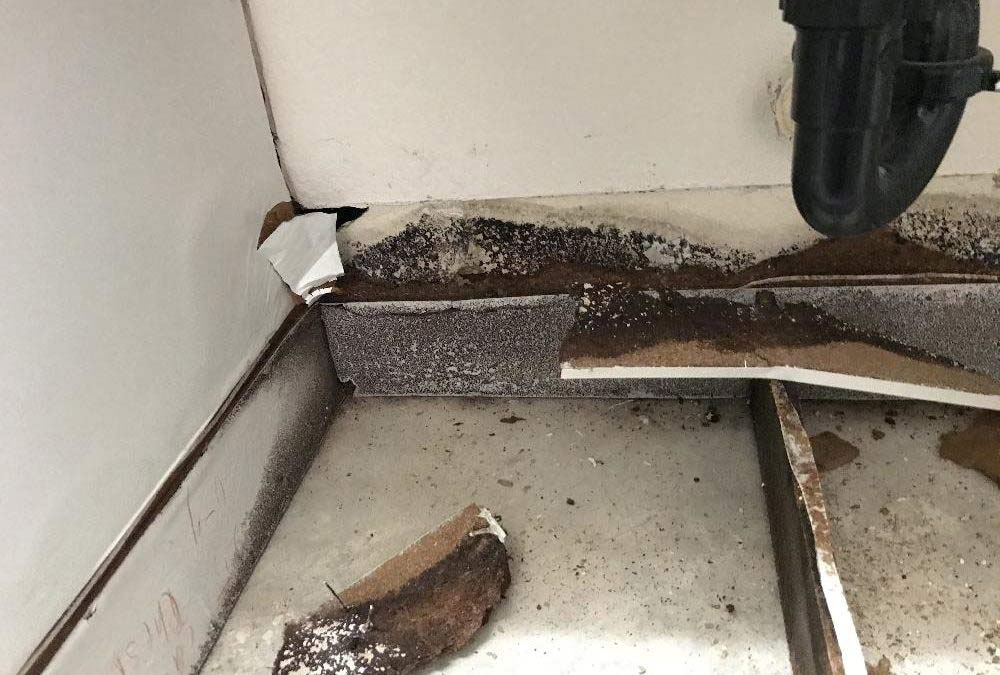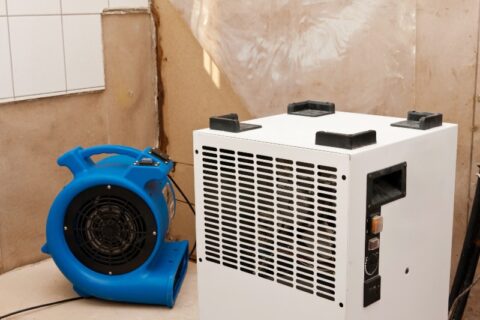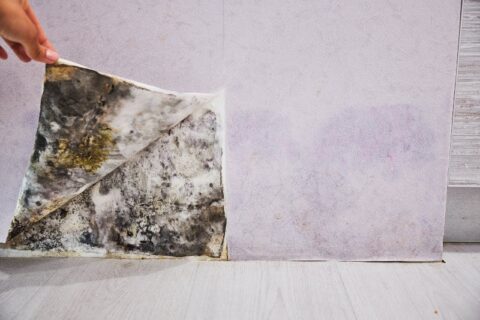What Is Aspergillus Mold?

Discovered in 1729, Aspergillus mold is the most common type of fungus on earth that grows indoors and outdoors. Now, there are more than 200 confirmed species of Aspergillus Mold. Do not fear as there are 3 or the 200 of these species known to strive in indoor environments such as residential and commercial buildings.
Where Does It Grow?
Aspergillus Mold is a resilient fungus that sprouts in temperatures from 68 degrees up to over 100 degrees. These temperatures are well within the residential and commercial range. Moisture from indoor sources such as leaks (water damage) and food supply such as paper, fabric, or wood building materials (drywall, framing, ect.) create optimum environments that support the growth of Aspergillus Mold.
How Does It Spread?
Active mold growth begins releasing microscopic reproductive spores within 48 hours. These spores are carried by air currents throughout home or office, spreading contamination to multiple areas in the structure. Immediate application of professional preventive methods (such as antimicrobial solution) after water damage is critical to prevent widespread mold infection.
What Does It Look Like?
There are numerous colors this mold can look like. The colors of this mold can appear as the “Black Mold” type or it may look like a blue-green, gray or in some cases tan. The variation of colors is a good reason ALL mold contamination inside a home or commercial building is to be examined and tested by a qualified mold remediation specialist.
What Should I Do About It?
As previously mentioned, Aspergillus Mold will need professional mold remediation. This includes identifying the exact type of mold with air sampling and tracking contamination areas within the house. ALL growth must be physically removed followed by sanitation of surfaces where the mold was present with EPA-approved biocides. After having the mold professionally remediated, follow-up air samples are needed to verify that the contamination has been eliminated.
Please call Pacific Flood if you see any type of mold growth in your home or office!


